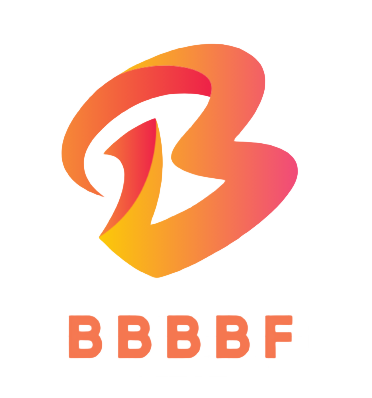Pay-per-click (PPC) advertising can be a cost effective way to drive traffic to your website. There are a number of benefits and challenges to consider.
Advantages of pay-per-click advertising
The benefits of running PPC advertising include:
- Cost effective – because you only pay when a user reaches your website, it can be good value for money. You can choose to spend as much or as little as you like.
- Targeted – you can choose your audience according to demographics like location, language and device.
- Measurable – PPC campaigns can be set up to measure effectiveness carefully. You can determine exactly how much your return on investment is.
- Customisable – as you run your campaigns, you can make many small adjustments to improve based on what works best.
- Training resources – there are many (often free) online courses and training materials to help you develop your skills.
- Fast – you will see the impact of your PPC efforts almost immediately. Organic search engine optimisation (SEO) tactics can take months to make a difference.
Disadvantages of pay-per-click advertising
Some of the challenges of PPC advertising include:
- Time investment – you can’t just set up and leave your PPC campaigns. You need to invest time into optimising and improving to get the best results.
- Skills required – it can take some practise to set up effective campaigns. Many businesses choose to use a specialist agency.
- Costs can quickly add up – if you aren’t monitoring and optimising your campaigns to ensure you get a return on investment, money could be wasted. You will need to allocate budget for PPC campaigns, unlike SEO tactics where the investment is time and skills.
- Clicks and visits don’t always lead to sales – you will need to convince the user to ‘convert’ once they reach your website.

Comments (0)